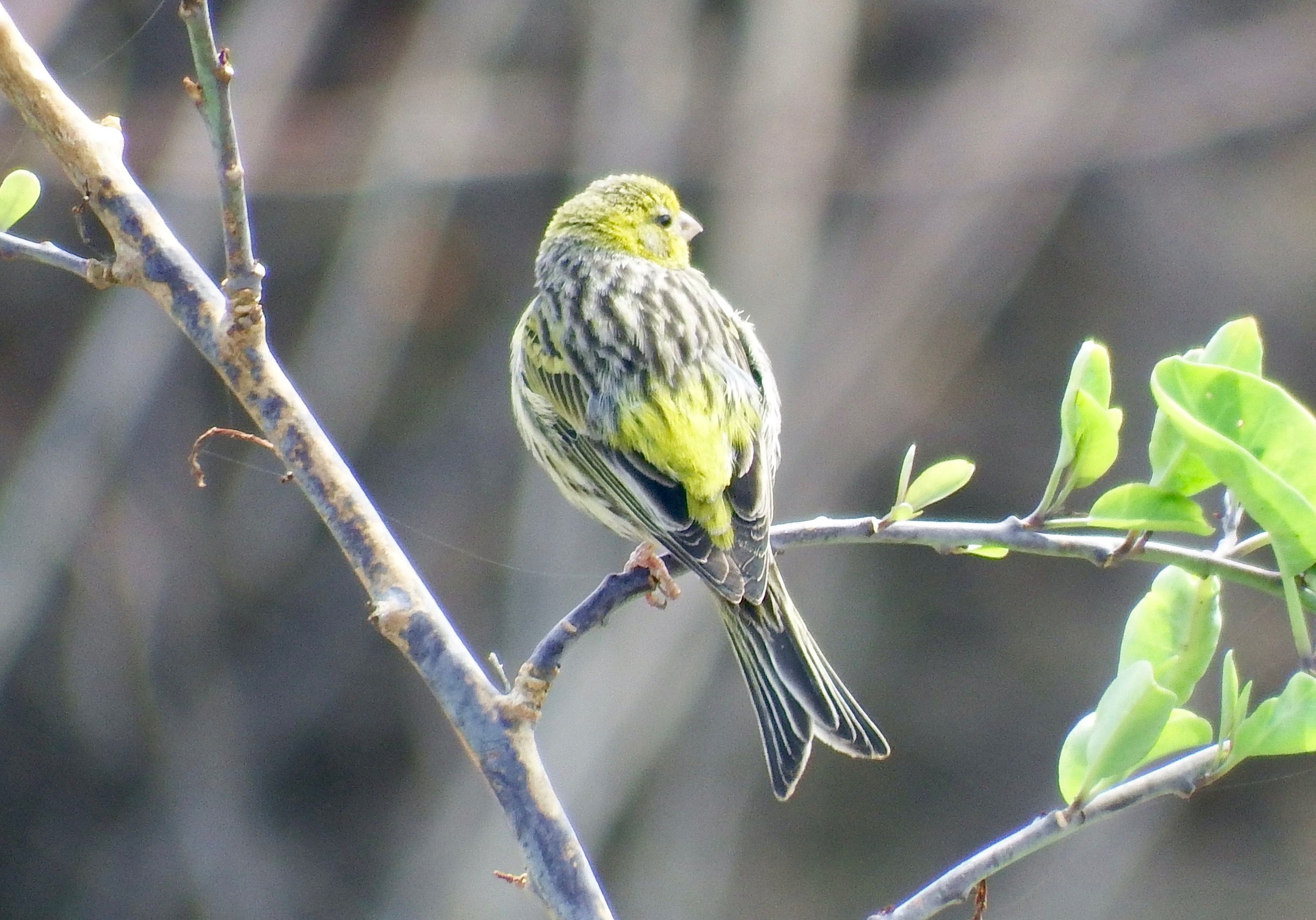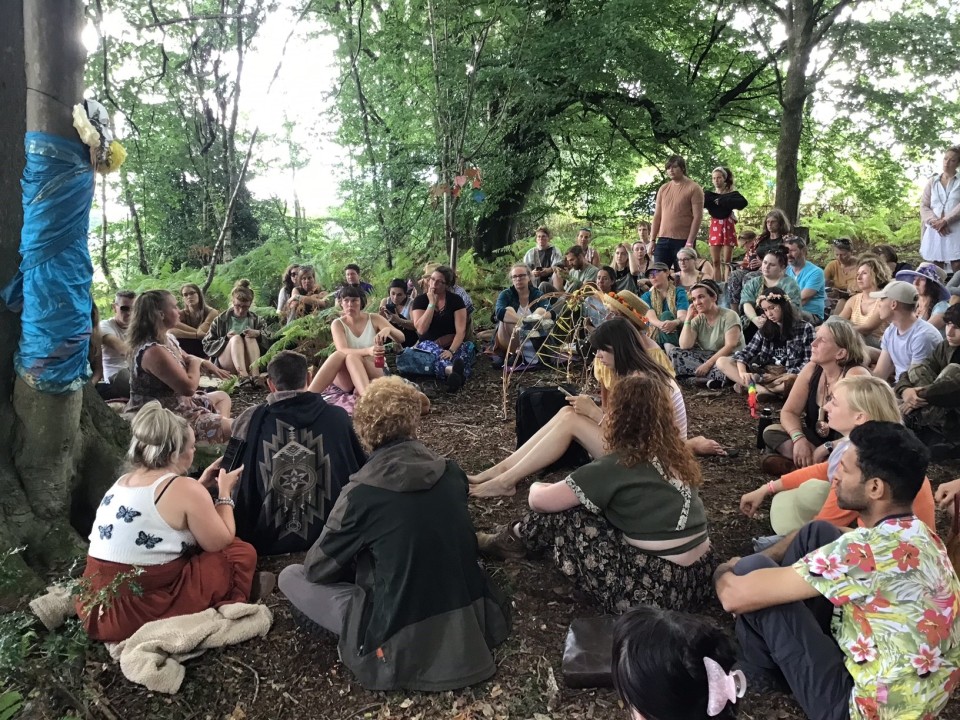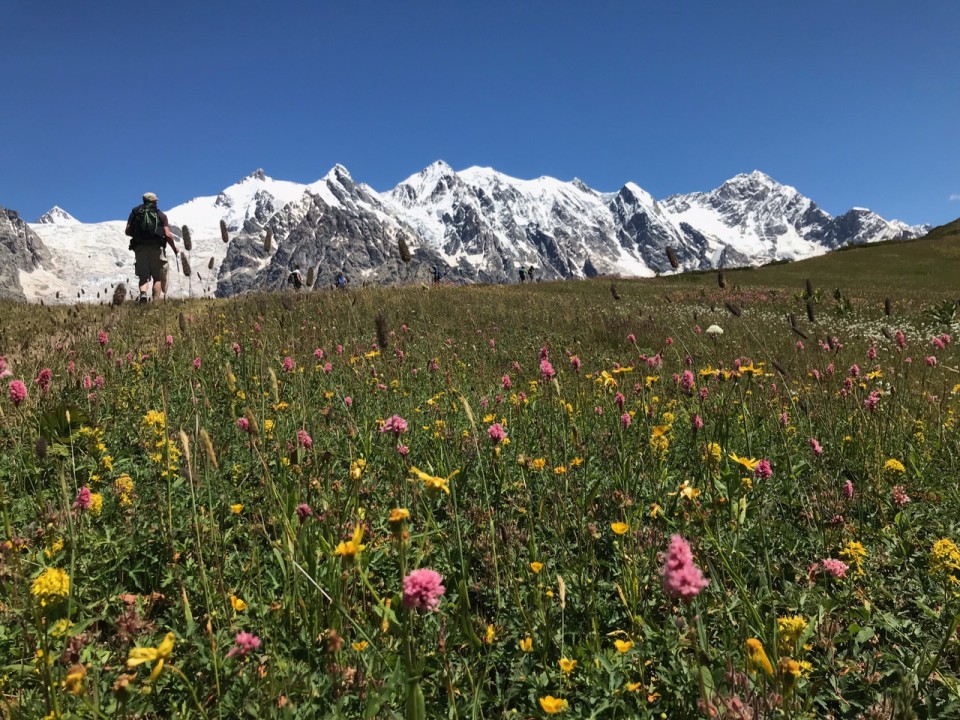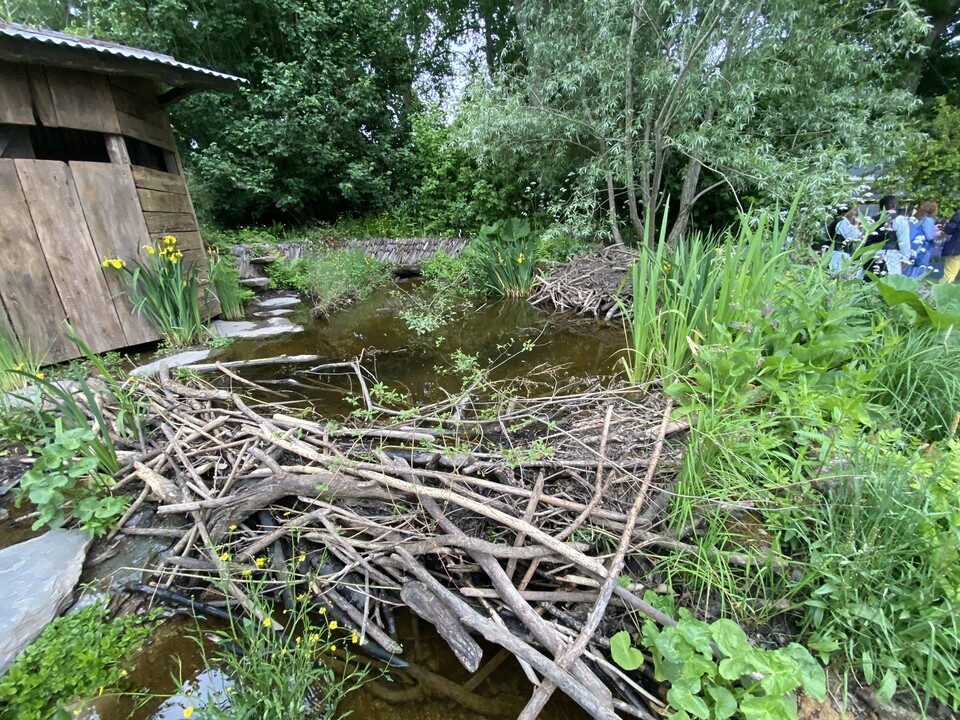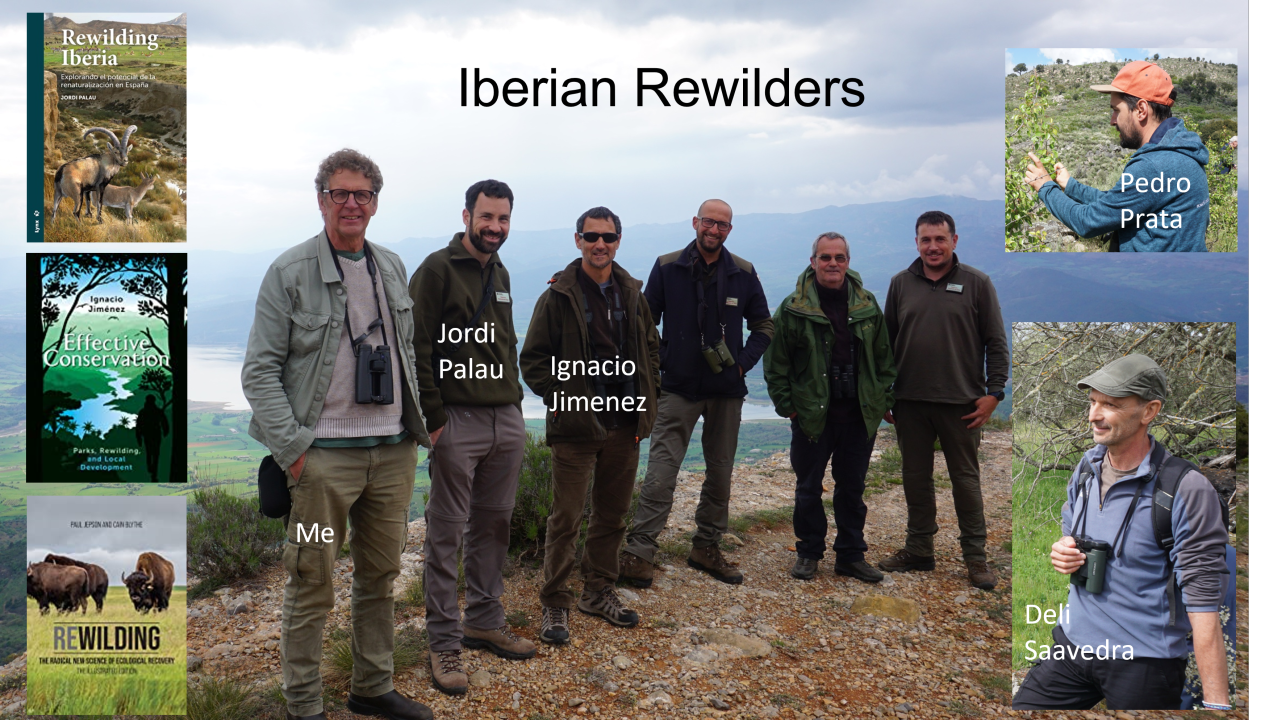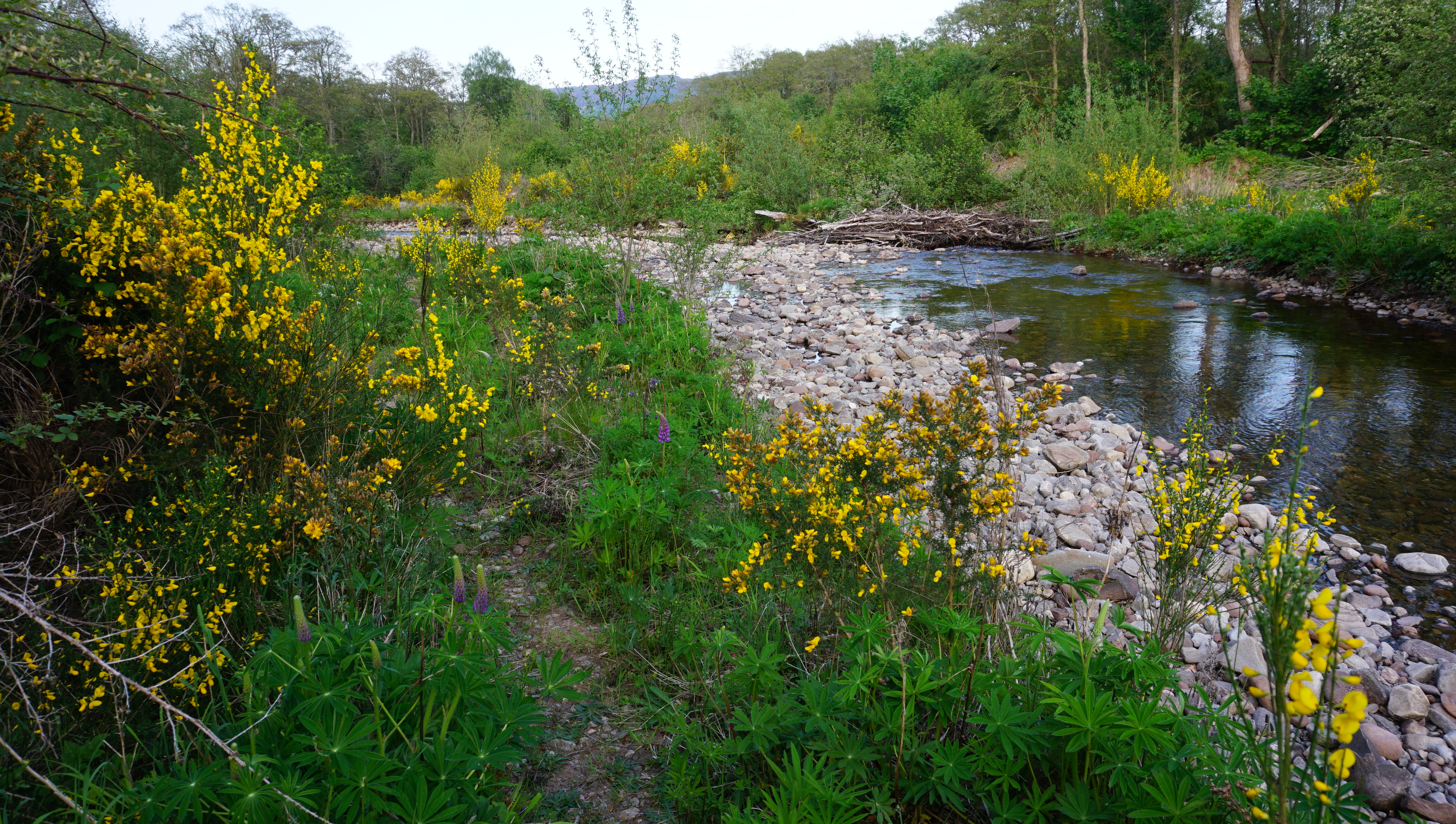Each March I take my MSc students on a field trip to Tenerife and each year I ponder on why more is not made of the canary in the island’s tourism promotion, tours and branding.
This year the first canary I encountered was whilst eating breakfast in the Albergue de Bolico hostel. One alighted on a tree in front of the hostel’s panoramic windows – it’s yellow and green coloration created a beautiful aesthetic against the blue-grey lichen encrusted branches and green laurel forest backdrop. I took the header photo on the scrubby edge of the beachside car park in Puerto de la Cruz. This canary had just landed from a song flight and its beautiful trilling song had inserted a sense of verve and beauty into the bustling soundscape of this tourist hotspot.
The wild canary is endemic to the Canary islands, Maderia and the Azores. It evolved in isolation from a founder population of Eurasian Serin which reached these Atlantic islands hundreds of thousands of years ago.
Subsequently the canary has become one of the most familiar and ubiquitous cagebirds appearing in popular culture in varied forms –from the ‘canary in the coal mine’ metaphort to the tweetie pie carton character. Its popularity in cultures as diverse as Germany, Indonesia and Chile is due to its simple husbandry requirements and ‘plastic phenotype’ – the ease with which colour and song variations can be bred and then enhanced through special feeding and training.
 The significance of the canary in world culture and science is superbly told by Tim Birkhead in his book ‘The Red Canary’. He relates how following Spanish settlement of the Canary islands the ‘canary bird’ with its beautiful song was initially a high status acquisition of European royalty but quickly spread to the masses due to the ease with which it could be bred and kept. Prof Birkhead is an evolutionary biologist and his purpose is to explore the history of his science through the story of the canary. During the 1920s, a maths teacher (Hans Drucker), canary breeder (Karl Reich) and local philanthopist set out to breed true a red-coloured canary. This required cross- and back-breeding canries with Red Siskins which are native to Venezuela which were transited through Tenerife on their way to European bird markets. Drucker was a strict adherent to Mendalian principles of genetic hereditary and through his efforts to breed an ‘improved’ canary became an promient voice in German eugenics. He and his team suceeded in creating an orange canary and the first example of a GM animal. Their failure to create a red canary from a pure focus on genetics led to the realisation that characteristics of a species are a relation attribute of genetics (nature) ineracting with the environment (nuture). Given the growing popularity of citizen science in conservation biology, the history of the red canary is a salutory reminder that it is easy for such science to get mixed up with politics and/or place too much emphasis on a particular approach.
The significance of the canary in world culture and science is superbly told by Tim Birkhead in his book ‘The Red Canary’. He relates how following Spanish settlement of the Canary islands the ‘canary bird’ with its beautiful song was initially a high status acquisition of European royalty but quickly spread to the masses due to the ease with which it could be bred and kept. Prof Birkhead is an evolutionary biologist and his purpose is to explore the history of his science through the story of the canary. During the 1920s, a maths teacher (Hans Drucker), canary breeder (Karl Reich) and local philanthopist set out to breed true a red-coloured canary. This required cross- and back-breeding canries with Red Siskins which are native to Venezuela which were transited through Tenerife on their way to European bird markets. Drucker was a strict adherent to Mendalian principles of genetic hereditary and through his efforts to breed an ‘improved’ canary became an promient voice in German eugenics. He and his team suceeded in creating an orange canary and the first example of a GM animal. Their failure to create a red canary from a pure focus on genetics led to the realisation that characteristics of a species are a relation attribute of genetics (nature) ineracting with the environment (nuture). Given the growing popularity of citizen science in conservation biology, the history of the red canary is a salutory reminder that it is easy for such science to get mixed up with politics and/or place too much emphasis on a particular approach.
A focus of our Tenerife field trip is conservation biogeography. Tenerife supports over two thousand species found nowhere else on earth. Many of these unique species are found in restricted areas, which reflects the variety of geomorphology and specialists habitats on this volcanic island. The system of protected areas designed to balance the need to protect this biodiversity with the need to develop and support the islands tourism economy is world class but also faces new and varied challenges. This is why we visit the island for study.
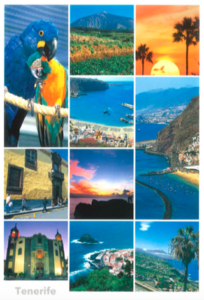 My students are invariably frustrated by the limited presence of Tenerife’s unique fauna and flora in island’s tourism offer. Why does the tourist industry promote, macaws, gorillas, dolphin shows and strelitzia blooms as symbols of th Tenerifian nature experience rather than the endemic Tenerife blue chaffinch, giant lizard or Teide violet? Why do exotic parrots occupy the ‘bird’ spot on postcards and not a canary – the islands greatest ever export?
My students are invariably frustrated by the limited presence of Tenerife’s unique fauna and flora in island’s tourism offer. Why does the tourist industry promote, macaws, gorillas, dolphin shows and strelitzia blooms as symbols of th Tenerifian nature experience rather than the endemic Tenerife blue chaffinch, giant lizard or Teide violet? Why do exotic parrots occupy the ‘bird’ spot on postcards and not a canary – the islands greatest ever export?
At first sight the canary might seem to be a good candidate for connecting tourists with Tenerife’s unique nature. It has a place in the cultures of both the UK and Germany from where the majority of Tenerife’s tourists originate. Furthermore the three identities of the canary – as a wild, pet and competition bird – flourish side by side on the island. The wild canary is common and easy to see and the pet canary is widely kept outside cafes and in residential areas where it enriches the atmosphere of every day life. In addition, Tenerife supports six canary assocations who breed and compete canaries – although rather bizarely they favour the extreme gibber canary breed which is as different as you can get from the wild canary that inhabits their local fields and parks.
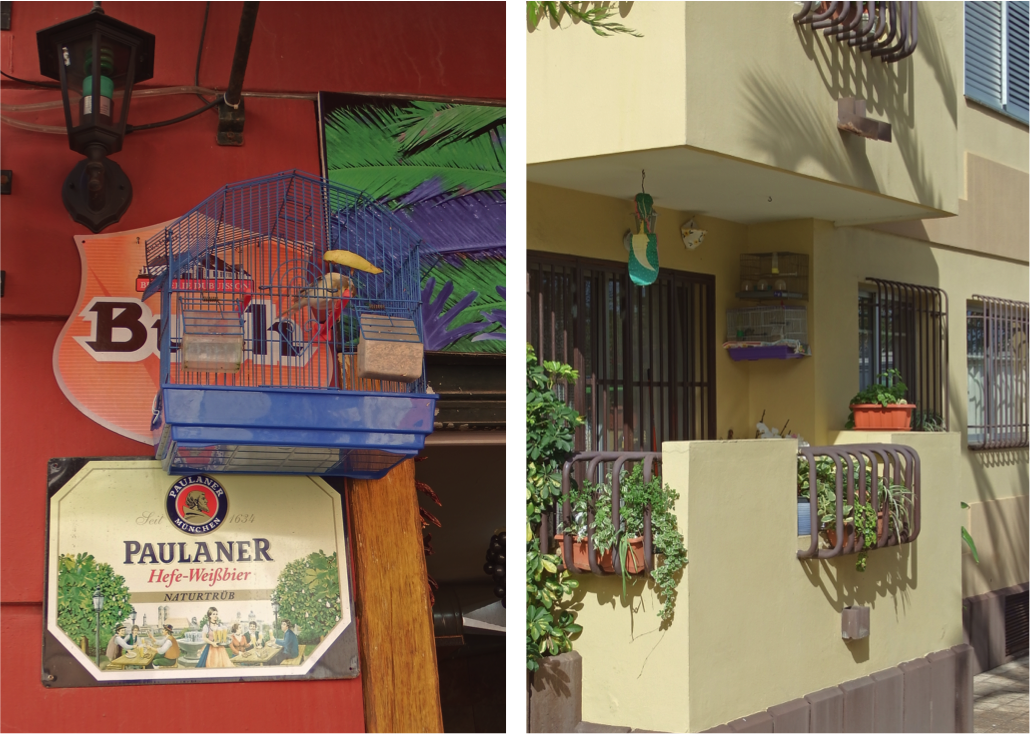
Look and listen and you’ll quikcly encounter a pet canary on Tenerife
The more I think about the canary the more I am comming to realise that that it lacks what it takes to become a tourism asset. This not because the species is in anyway lacking in beauty and interest. It is because the canary assembles cultural references that are inconsistent with how Tenerife is marketed, and how we are coming to see it as a holiday destination.
I asked a group of MSc students studying island biodiversity and conservation in Tenerife’s La Laguna university what the canary meant to them. They responded in two ways. First, that it was of lesser importance compared to the more endangered blue chaffinch and laurel pigeons that inhabit remnant forest areas supporting a myriad of other species. Second that their grandfathers kept and bred canaries. The problem with the canary is that it assembles an old fashioned frame of working class people keeping caged birds that is of little interest to a more technology and animal welfare-orientated generation.
In contrast the parrot symbol – promoted by Loro Parque (a world class zoo, parrot conservation breeding centre, and the islands 3rd largest tourist attraction) – conjures up thoughts of exotic places and travel. In addition, the dolphin symbol widely promoted by the island’s two aquaria and booming whale and dolphin watching sector connotes a sense of ocean freedom and adventure. These animal symbols and attractions communicate nothing about Tenerife’s rich, unique and endangered fauna. However they affectively contribute to the image and reality of Tenerife is an island paradise within Europe.
That’s what Tenerife wants and that’s what most us want. From this perspective the canary, for all the everyday pleasure it brings to people in Tenerife and around the globe, just doesn’t make the cut as a symbol for an exotic island getaway .

